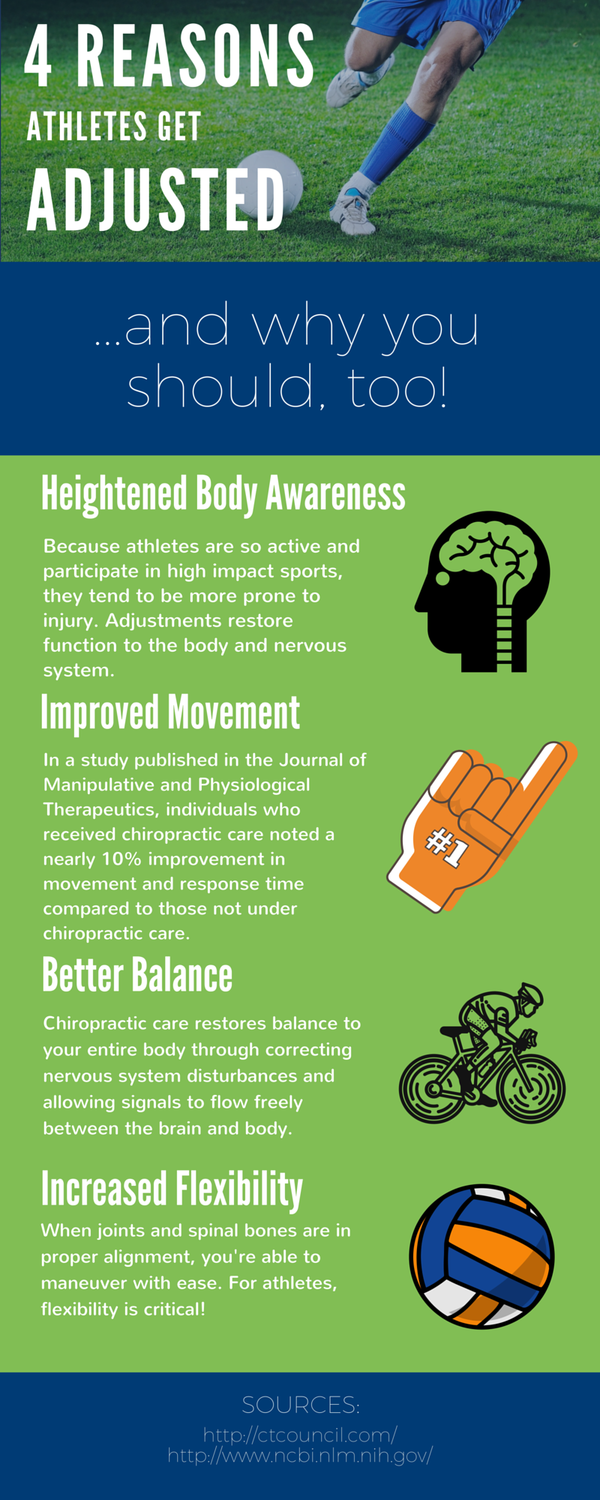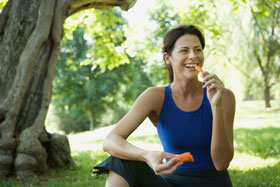Want to be happy, healthy and have great relationships? Sure, we all do! And we’ve hear a million times about the obvious ways to take care of ourselves: exercise, diet etc.
But there’s one simple exercise that boosts all of these things simultaneously and that most of us simply don’t know. What’s that? Being thankful. Sound too simplistic to you? Not so fast! Check out 13 of its stellar science-backed benefits:
Benefits of Gratitude:
HAPPINESS
1 – Increases your Happiness. Counting your blessings leads to heightened well-being, especially positive mood (and who couldn’t use more of that?) (
ref1.
ref2
ref3).
2 – Brings you Happiness that Lasts. In fact, an attitude of gratitude can not only help you
increase positive emotion, but also
sustain it. Heck, ice cream can make us happy in the moment but gratitude leads to long-term happiness (
ref)
3 – Protects you from Stress & Negativity. Gratitude is associated with decreased anxiety and depression and increased social support (
ref)
4 – Reduces Your Materialism. One reason gratitude boosts our well-being is that it reduces materialism (
ref) which is a good thing because materialism is linked to less happiness (
ref)
RELATIONSHIPS
5 – Makes you more socially intelligent (ref)
6 - Leads to better relationships. Gratitude strengthens your relationships and helps you create and maintain good relationships and feel more connected (
ref1 and
ref2 and
ref3 and
ref4)
7 – Makes you Sexier. Gratitude improves romantic relationships by making people feel more satisfied in their relationships and connected to their partner (
ref)
HEALTH
8 – It Even Improves Sleep Quality & Duration- in part because you have more grateful/happy thoughts before you go to sleep (
ref). Count blessings, not sheep?
9 –
Strengthens Your Willpower to Make Better Decisions Gratitude make you stronger and helps you achieve your goals (
ref) and make smarter long term decisions (
ref)
10 –
Benefits you at all ages from adolescence to adulthood (
ref)
IMPACT
11 – Makes you a better person. It makes us better, more altruistic, moral and ethical people (
ref1 and
ref2). We become more helpful and kind to others (
ref)
12 – Makes others better people too: those we thank are more likely to become more ethical people too (
ref1 and
ref2)
13 – Makes the World a Better Place. When you express your gratitude to someone, that person will go on to be kinder to others (
ref)
Don’t feel grateful? No worries! It’s accessible to anyone. Whether we’re sick or well, old or young, employed or unemployed, if our heart is beating, air is flowing in our lungs, and we have had a meal today, we have something to be grateful for. “Piglet noticed that even though he had a Very Small Heart, it could hold a Rather Large Amount of Gratitude” (A.A. Milne,
Winnie the Pooh).
Practicing Gratitude
Here are some simple ways to strengthen your thanking muscle:
1) A powerful way scientists have found can increase your well-being is simply making
daily gratitude lists. Write down 5 things you feel grateful for every day. This simple (and short!) act can significantly increase your happiness.
2) Another way you can boost your gratitude is by spending a few minutes out of your day devoted to gratitude. Below is
a gratitude meditation I put together that you can download and try for yourself today.
3) And finally, here’s a
video by Brother David Steindl-Ross I love that never fails to elicit gratitude.
Let me know how it works out for you and share your experience in the comment section below!
Gratitude Meditation
Another way you can boost your gratitude is by spending a few minutes out of your day devoted to gratitude. Here’s a gratitude meditation I put together that you can download and try for yourself today.


